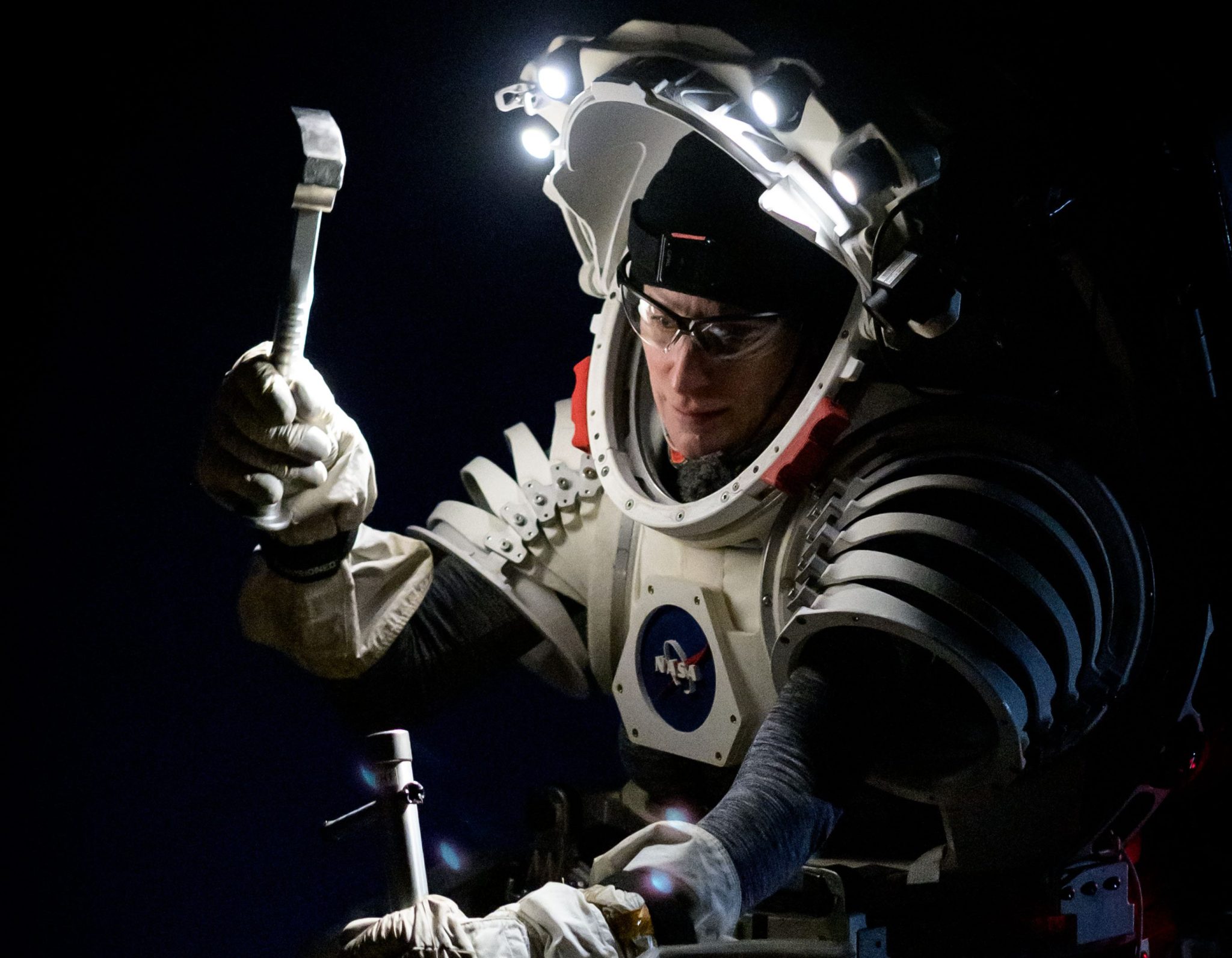3 min read

This spring, NASA published a document overviewing almost 200 technology areas requiring further development to meet future exploration, science, and other mission needs - and asked the aerospace community to rate their importance. The goal was to better integrate the community's most pervasive technical challenges, or shortfalls, to help guide NASA's space technology development and investments.
Today, NASA's Space Technology Mission Directorate (STMD) released the 2024 Civil Space Shortfall Ranking document, integrating inputs from NASA mission directorates and centers, small and large industry organizations, government agencies, academia, and other interested individuals. STMD will use the inaugural list and annual updates as one of many factors to guide its technology development projects and investments.
"Identifying consensus among challenges across the aerospace industry will help us find solutions, together," said NASA Associate Administrator Jim Free. "This is the groundwork for strengthening the nation's technological capabilities to pave the way for new discoveries, economic opportunities, and scientific breakthroughs that benefit humanity."
The integrated results show strong stakeholder agreement among the 30 most important shortfalls. At the top of the list is surviving and operating through the lunar night, when significant and sustained temperature drops make it difficult to run science experiments, rovers, habitats, and more. Solution technologies could include new power, thermal management, and motor systems. Second and third on the integrated list are the need for high-power energy generation on the Moon and Mars and high-performance spaceflight computing.






